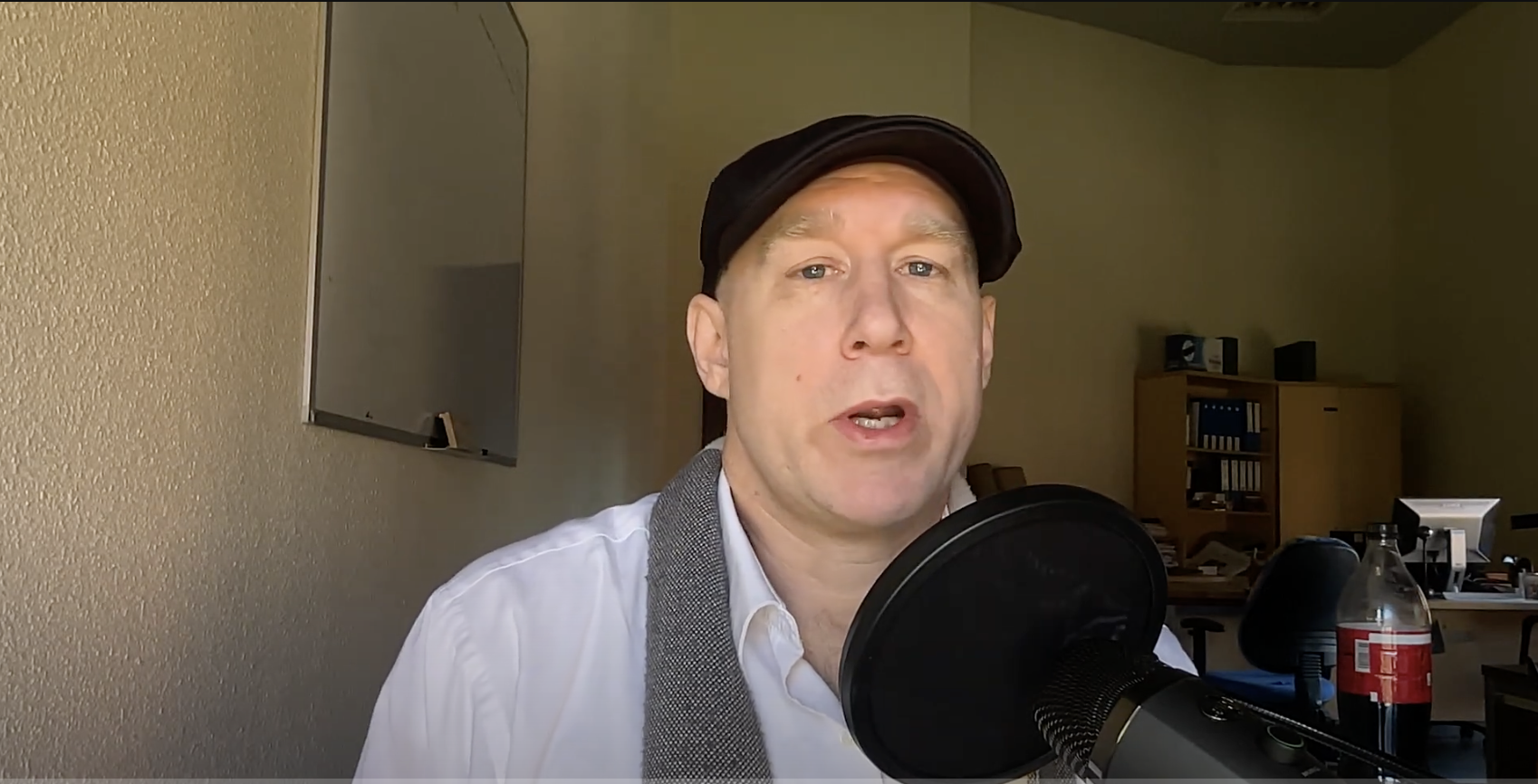From building custom websites to developing intricate software solutions, marketing agencies and companies frequently engage in programming projects to enhance their digital presence and streamline operations. However, all too often, the focus is placed solely on addressing surface-level issues or symptoms of a problem, rather than understanding and addressing the underlying cause. In this blog post, we’ll explore why starting with the end goal in mind is crucial in programming projects to avoid time and cost in programming and how overlooking this fundamental principle can lead to wasted time and resources.
Start with the End in Mind: The Foundation of Success
In programming projects, starting with the end goal in mind is not merely a suggestion—it’s a prerequisite for success. Before diving into code or designing interfaces, it’s essential to have a clear understanding of what the final product should achieve. This involves identifying the core objectives, defining key functionalities, and envisioning how users will interact with the end product.
By starting with the end goal and working backwards, developers can:
- Ensure alignment with business objectives: Understanding the end goal allows developers to align their efforts with the overarching goals of the marketing agency or company. Whether it’s increasing brand visibility, improving user engagement, or enhancing operational efficiency, every aspect of the project should contribute to these objectives.
- Identify technical requirements: Knowing the desired outcome enables developers to determine the technical requirements necessary to achieve it. Whether it involves integrating with existing systems, implementing specific features, or optimizing performance, having a clear end goal guides technical decision-making from the outset.
- Plan for scalability: Scalability is a critical consideration in programming projects, especially as businesses grow and evolve. By starting with the end goal in mind, developers can anticipate future needs and design the architecture in a way that allows for seamless scalability.
The Cost of Ignoring the End Goal: Wasted Time and Resources
When marketing agencies and companies fail to define the end goal of a programming project, they risk falling into the trap of addressing only the symptoms of a problem, rather than tackling the root cause. This approach may provide temporary relief, but it often results in wasted time, money, and resources in the long run.
Consider the following scenarios:
- Scope creep: Without a clear end goal, programming projects are susceptible to scope creep, where additional features and functionalities are continuously added without proper planning or consideration of the project’s objectives. This not only prolongs the development process but also increases costs and complexity.
- Inefficient solutions: When developers focus solely on addressing surface-level issues or symptoms of a problem, they may overlook opportunities to implement more efficient and effective solutions. This can result in suboptimal outcomes that fail to deliver the desired results or meet the needs of users.
- Failed implementations: Without a clear understanding of the end goal, programming projects are at risk of failure due to misalignment with business objectives or technical limitations. This can lead to wasted time and resources spent on projects that ultimately do not deliver the intended value.
The Importance of Collaboration and Communication to Avoid Time and Cost in Programming Projects
One of the key factors in ensuring that the end goal is clearly defined and understood is effective collaboration and communication among all stakeholders involved in the programming project. Marketing agencies, companies, developers, designers, and other relevant parties must work together closely to articulate the project’s objectives, requirements, and constraints.
- Stakeholder alignment: It’s crucial to ensure that all stakeholders are aligned on the end goal of the programming project from the outset. This may involve conducting stakeholder meetings, workshops, or brainstorming sessions to gather input, clarify expectations, and address any discrepancies or misunderstandings.
- Clear communication channels: Establishing clear communication channels is essential for keeping everyone informed and engaged throughout the development process. Whether it’s through regular progress updates, status meetings, or collaborative project management tools, effective communication helps prevent misunderstandings and ensures that everyone remains focused on the end goal.
- Feedback and iteration: Collaboration also involves soliciting feedback from stakeholders at various stages of the programming project and incorporating it into the development process. This iterative approach allows for course corrections, refinements, and adjustments based on evolving requirements or changing priorities, ultimately ensuring that the final product meets the desired outcome.
Case Studies: Learning from Mistakes
To further illustrate the importance of starting with the end goal in mind to avoid time and cost in programming projects, let’s examine a couple of case studies where marketing agencies or companies failed to do so, resulting in costly mistakes and missed opportunities.
Case Study 1: The E-Commerce Overhaul A marketing agency is tasked with revamping a client’s e-commerce website to improve user experience and increase conversions. However, instead of starting with a clear understanding of the end goal, the agency dives headfirst into redesigning the website’s layout and aesthetics without considering the underlying functionality or user journey.
As a result, the revamped website fails to address key pain points for users, such as slow page load times, cumbersome checkout process, and lack of mobile responsiveness. Despite the visually appealing design, the website’s performance suffers, leading to a decline in conversion rates and customer satisfaction.
In hindsight, the agency realizes that they should have started by defining the end goal of the project, such as improving site performance, streamlining the checkout process, and enhancing mobile compatibility. By working backwards from these objectives, they could have identified the technical requirements, prioritized features, and designed a more effective solution that aligns with the client’s business goals.
Case Study 2: The CRM Integration A company decides to integrate a new customer relationship management (CRM) system into its existing marketing automation platform to improve lead management and sales pipeline visibility. However, in their eagerness to adopt the latest technology, they overlook the importance of starting with the end goal in mind.
As a result, the integration project becomes mired in technical challenges and compatibility issues, causing delays and cost overruns. Despite the successful implementation of the CRM system, the company struggles to realize the anticipated benefits due to poor data synchronization, inadequate user training, and lack of integration with other business systems.
In retrospect, the company realizes that they should have defined the end goal of the integration project more clearly, such as improving lead-to-revenue conversion rates, enhancing sales team productivity, and gaining actionable insights from customer data. By working backwards from these objectives, they could have ensured better alignment between the CRM integration and their overall business strategy, ultimately maximizing the return on investment.
Starting with the end goal in mind is not a luxury—it’s a necessity. By understanding the desired outcome and working backwards to develop a scalable and efficient solution, marketing agencies and companies can avoid the pitfalls of focusing solely on the symptoms of a problem. Instead of wasting time and resources on ineffective or inefficient solutions, they can achieve meaningful results that drive business success and deliver value to stakeholders. So the next time you embark on a programming project, remember to start with the end in mind—it’s the first step towards success.

